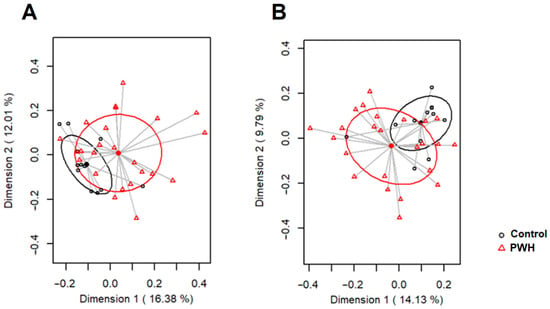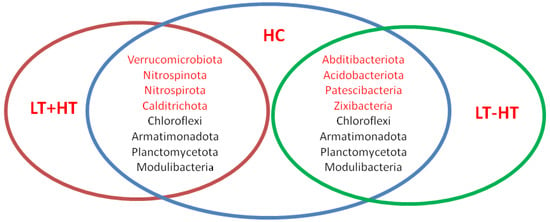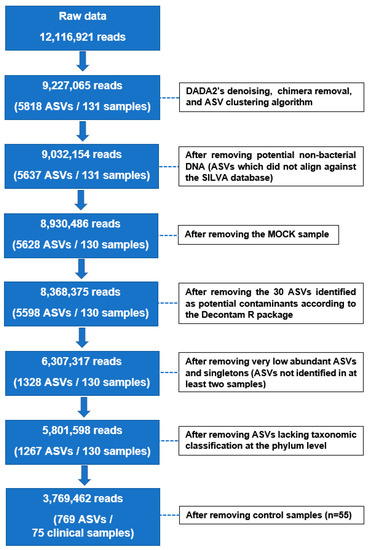Feature Papers in Microbiology in Human Health and Disease
A topical collection in Biomedicines (ISSN 2227-9059). This collection belongs to the section "Microbiology in Human Health and Disease".
Viewed by 11957Editor
Interests: gastric cancer; intestinal metaplasia; gastritis; tumor immunity; helicobacter pylori; gastric microbiota; endoscopy; cancer surveillance; cancer chemoprevention; colorectal cancer; artificial intelligence
Special Issues, Collections and Topics in MDPI journals
Topical Collection Information
Dear Colleagues,
This Topical Collection focuses on driver microbiota, including Fusobacterium spp. and others, which accelerate inflammation and carcinogenesis. Reviews, opinions, and short articles from experts in the field are welcome. Submissions may cover all types of microbiota, including bacteria, fungi, viruses, and bacteriophages, that influence carcinogenesis and molecular pathways/factors and play key roles in persistent inflammation, various mouse models, and valuable cell lines and primary organoids. Metabolites derived these microbiome and carcinogenesis are also of interest. In addition, we hope that this Topical Collection will help improve our understanding of the role of gut microbiota in gastrointestinal cancers.
Dr. Ryota Niikura
Collection Editor
Manuscript Submission Information
Manuscripts should be submitted online at www.mdpi.com by registering and logging in to this website. Once you are registered, click here to go to the submission form. Manuscripts can be submitted until the deadline. All submissions that pass pre-check are peer-reviewed. Accepted papers will be published continuously in the journal (as soon as accepted) and will be listed together on the collection website. Research articles, review articles as well as short communications are invited. For planned papers, a title and short abstract (about 100 words) can be sent to the Editorial Office for announcement on this website.
Submitted manuscripts should not have been published previously, nor be under consideration for publication elsewhere (except conference proceedings papers). All manuscripts are thoroughly refereed through a single-blind peer-review process. A guide for authors and other relevant information for submission of manuscripts is available on the Instructions for Authors page. Biomedicines is an international peer-reviewed open access monthly journal published by MDPI.
Please visit the Instructions for Authors page before submitting a manuscript. The Article Processing Charge (APC) for publication in this open access journal is 2600 CHF (Swiss Francs). Submitted papers should be well formatted and use good English. Authors may use MDPI's English editing service prior to publication or during author revisions.
Keywords
- microbiota
- gastrointestinal microbiota
- metabolites
- inflammation
- gastrointestinal cancer
- carcinogenesis
- human health










